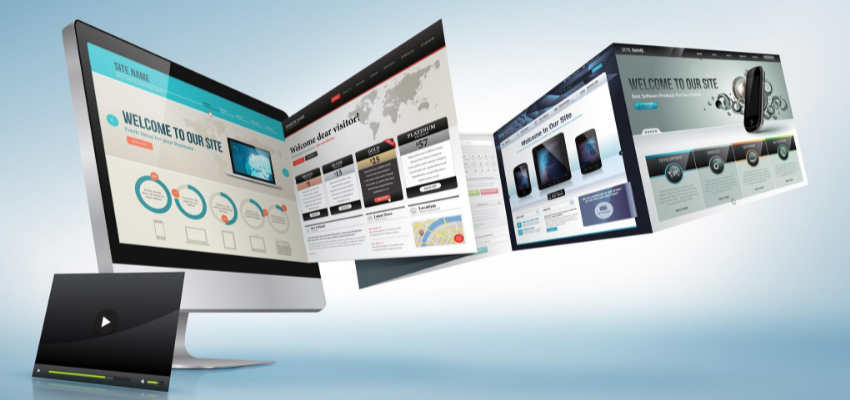Show:
How To Increase the Efficiency of Your Business With A Website
A website can help establish credibility and trust with potential customers, as well as provide a platform to showcase products, services, and other offerings. Additionally, a website can help increase a business’s visibility and enable customers to contact the business or make purchases directly from the website.

Believe it or not, a website can also make your business a lot more efficient. To know how, read on.
1. Create a professional website.
Your website should be easy to navigate, visually appealing, and informative. It should have a clear purpose and be designed to accomplish your business goals. Plus, you should also incorporate multiple payment methods online. You should be able to provide different options to your customers.
Now, the first step in creating a professional website is to choose a domain name. Your domain name should be something that is easy to remember and reflects your brand.
After you have chosen a domain name, the next step is to select a web hosting provider. This is where all of your website’s files, content, and media will be stored.
2. Optimize your website for search engines.
Optimizing your website for search engines is crucial to increasing its visibility.
Selecting the right keywords is the most important step in search engine optimization. Research relevant keywords that accurately reflect the content of your website and use them in your titles and throughout your content. Using unlimited residential proxies can also help avoid being flagged by search engines and provide location-specific results. Incorporating these strategies can boost your website’s visibility and organic search rankings.
Quality backlinks from reputable websites are essential for SEO too. The more quality backlinks you have, the higher your website will rank in search engine results.

3. Implement a content marketing strategy.
Content marketing is a powerful tool for increasing website traffic and boosting brand awareness.
Start by taking the time to identify your content marketing goals. Examples could include increasing website traffic, generating more leads, or improving customer engagement.
Take the time to analyze your target audience. Understand who your content should be targeting and what topics will be most relevant to them.
Then, create a content strategy that outlines the types of content you will produce, the frequency of content creation, and the platforms you will use to share your content.
Consider the various channels you can use to promote your content, such as email, social media, search engine optimization (SEO), and other online channels.
4. Take advantage of email marketing.
Email marketing is a great way to stay in touch with customers and keep them informed about your business.
Start by building an email list of people who have expressed an interest in your company and products. Use online forms, social media, and your website to collect email addresses.
Select an email marketing platform and create an email campaign. Use templates and other features available in the platform to create professional-looking emails.
Craft interesting and engaging content to include in your emails. Don’t forget to focus on providing value and information that your readers will be interested in.

6. Monitor your website’s performance.
Monitoring your website’s performance is key to understanding how well it is performing and what areas need improvement. Use tools such as Google Analytics to track page views, time on page, and bounce rate.
7. Make your website mobile-friendly.
More and more people are using their mobile devices to access websites. Make sure your website is mobile-friendly and optimized for different screen sizes.
The first step to making a website mobile-friendly is to ensure it is responsive. Responsive design means that your website will automatically adjust to fit the device it is being viewed on, whether that’s a desktop, laptop, tablet, or smartphone.
Don’t forget to optimize page load time. When a website takes too long to load, most people get frustrated and leave. This is especially true for mobile users, as they are often on slower connections. To make sure your website is mobile-friendly, optimize your page load time by compressing images, minifying CSS and JavaScript, and caching as much as possible.
Also, when designing for mobile, use large, easy-to-tap buttons. This will make it easier for users to navigate your website and complete tasks like filling out forms or clicking links.
Make sure your content is readable on mobile devices since it is essential for user experience. Use a font size that is large enough to read on smaller screens, and break up long pieces of content into shorter paragraphs and sections.

 Return to Previous Page
Return to Previous Page








